Boosting Fuel Economy
Follow these tips to help boost your fuel mileage and save a little extra at the pump.
by Steve Wormzel |October 11, 2022
Global unrest and ongoing politically created supply-chain issues mean we’re all pulling up to the filling station wondering how much gas is per gallon this week. That means we’re all looking for ways to boost fuel mileage and save on gas.
To help maximize your fuel mileage, here’s a list of tactics to follow – and one to avoid. This list assumes you’re familiar with the standard fuel-mileage savers, like using cruise control, decelerating on hills, planning an efficient route and switching to synthetic lubricants.
Number One: Properly Inflate Your Tires and Consider Wheel Choice
Inflate your tires to the correct pressure found on the sidewall or the inside of the door. Low tire pressure increases rolling resistance and the amount of fuel needed to turn the wheels. In fact, Consumer Reports says a tire that’s down 10 psi can reduce fuel economy 1 mpg.
A lighter wheel is a better wheel for fuel mileage. Lastly, if you reduce wheel weight but increase size, the net result may still be an increase in weight and reduction in fuel mileage.
(Editor note) – I look for the tire closest to factory specs – not any wider but slightly larger rolling diameter as that increases the axle ratio for better cruise mileage. a quarter to half inch is significant.
Number Two: Change Your Air Filter
Most people know that reducing drag due to air passing over your vehicle makes a big difference. Luggage racks, an uncovered pickup box and bike racks create drag and reduce fuel mileage. But reducing drag through the engine makes a difference, too.
Your engine is basically a big air pump. It consumes roughly 14X more air than fuel. If the air filter hasn’t been changed in a while, it may be clogged with dirt and debris. This creates restriction that forces the engine to work harder, reducing fuel mileage.
(Hey if you know it may be dirty at least vacuum it out while you wait on the new one)
Change the air filter according to manufacturer recommendations for best fuel economy.
Number Three: Avoid Expensive High-Octane Fuel
Vehicle manufacturers program their engines to provide optimum power and efficiency using a particular octane of gas, typically regular 87-octane pump gas. Higher octane does not mean higher energy content. It’s best to stick with what the manufacturer recommends. (That’s right!)
Unless the manufacturer calls for using higher-octane gas (typically with higher-compression performance vehicles), using higher-octane fuel won’t deliver fuel-mileage gains. Save yourself some money and use 87-octane, unless otherwise recommended.
Number Four: Clean the Fuel Injectors
Your engine’s fuel injectors are exposed to increased heat. Over time, carbon deposits can form that plug the injectors and reduce fuel economy.
This is particularly true for gasoline direct injection (GDI) engines, in which the injectors are located directly in the combustion chamber. GDI injectors are exposed to 30 to 40 times more soot than port fuel injectors.
Give your injectors a good cleaning to maximize fuel economy. AMSOIL has a two-step fuel-additive solution to clean dirty injectors and preserve cleanliness for the long haul.
First, AMSOIL P.i. removes stubborn deposits, improving fuel mileage up to 5.7%.¹ Use it every 4,000 miles (6,400 km) for best performance.
Second, AMSOIL Upper Cylinder Lubricant used every tank continues to keep injectors clean, while protecting against corrosion and providing upper-cylinder lubrication. Together, they help keep your vehicle running like-new and deliver maximum fuel mileage. (I use it too – try it using 10% ethanol and see for yourself)
Number Five: Use an Instant Fuel-Mileage Gauge
Many new cars are equipped with real-time fuel-economy gauges. Monitoring your mileage in real time helps keep your foot off the floor.
And, unlike just reducing your speed, you get the instant reward of seeing the impact on your mpg. If your car doesn’t have one, buy an aftermarket model. Older carbureted cars actually had vacuum gauges on the dash to help drivers keep their foot out of the floor!!
Number Six: Develop a Feather Foot
Your car is most efficient when it’s steadily moving. Starting, stopping and idling all cut into your fuel mileage.
Decelerating well in advance of a stop sign aids in conserving energy. Contrary to the “Go-for-the-Gold” approach to stop lights, in which you accelerate to make the light while it’s yellow, the feather-foot approach dictates that you lay off the gas when you first see the yellow light with the goal of slowly rolling up to the red light. This will conserve fuel and save you some money. (This is why I use cruise control but on hills I notch it slower or shut it off and decelerate using the pedal slowly. It works great as you can also speed up as you reach the peak to dive accelerating back to a speed to re-engage the Cruise Control.)
Number Seven: Stop Shopping for Parking
To take your fuel-economy game to the next level, stop “shopping for parking.”
Rather than circling the lot until you find a spot near the entrance of a store, reverse your thinking and grab a spot farther back in the lot close to the exit. This has a three-fold benefit:
1) Reduced fuel consumption since you’re not aimlessly looking for a spot.
2) Extra exercise walking to the store.
3) Reduced chance of door dings since, in most cases, you have these spots to yourself.
Avoid the Dangerous Craft of Draft & Coast
The practice of drafting by fuel-economy-obsessed hyper-milers is well documented.
It involves using the tailwind of a larger vehicle to pull your vehicle along, which means getting close enough to the back of a semi-truck trailer to read the brand of the padlock on the door. Yes, this is physics at work and, yes, it works. But it’s extremely dangerous.
The only thing more dangerous is engine-off drafting, in which the driver shifts into neutral and shuts off the engine. Remember – when you shut the engine off you also shut off your steering and brakes.
Engine-off coasting takes a similar approach while driving downhill or in other coasting opportunities. The driver shifts into neutral and momentum carries the vehicle forward until slowing to a speed at which propulsion is again needed to build momentum.
Avoid these practices. Saving a few bucks on gas isn’t worth the risk of plowing into a semi-trailer. Instead, follow these tips to help increase fuel mileage safely and save some money during your next trip.
Test different fuel brands
Your safe in general with most big name fuel companies but there may be one in town which has for whatever reason – bas gasoline. Ask around and test yourself. One major brand around here is consistent with poor fuel economy.
And check them spark plugs!!
¹Based on independent testing using EPA tests: Federal Test Procedure 75 (FTP), Supplemental Federal Test Procedure (US06), and the Highway Fuel Economy Test (HFET). Average fuel mileage increase of 2.3%.

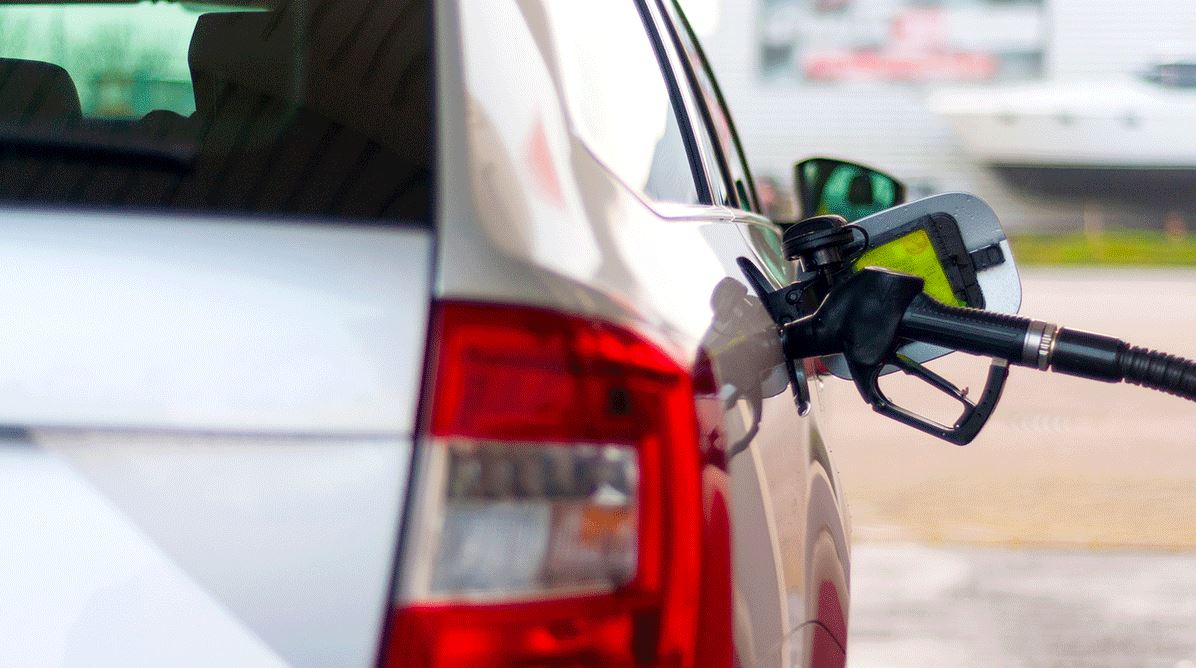

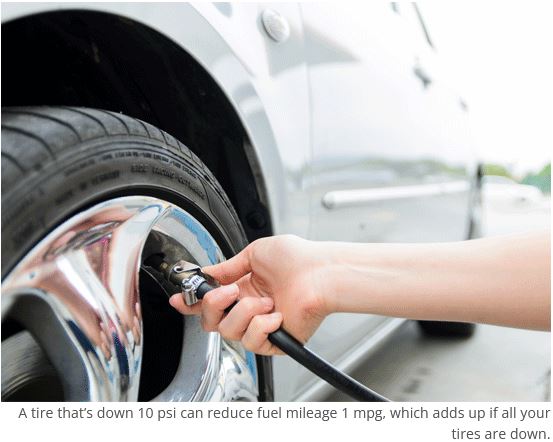
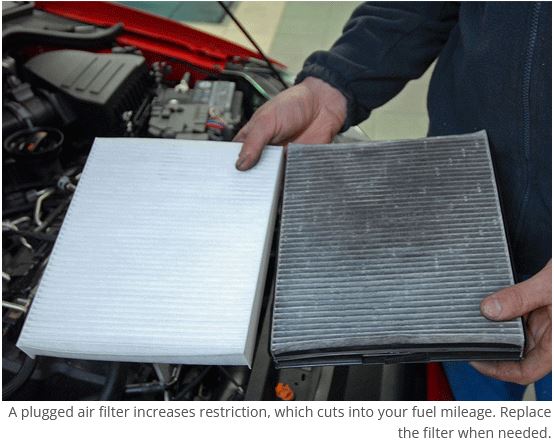
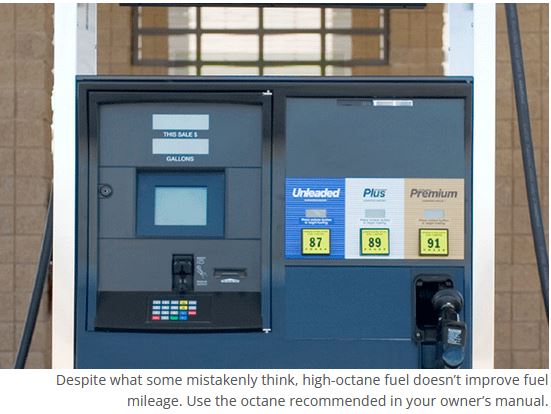
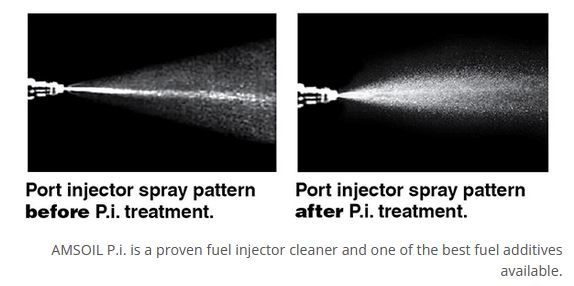
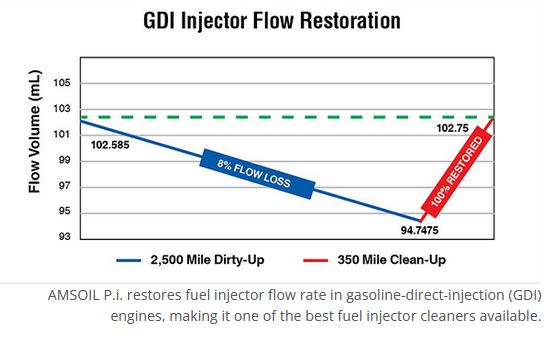
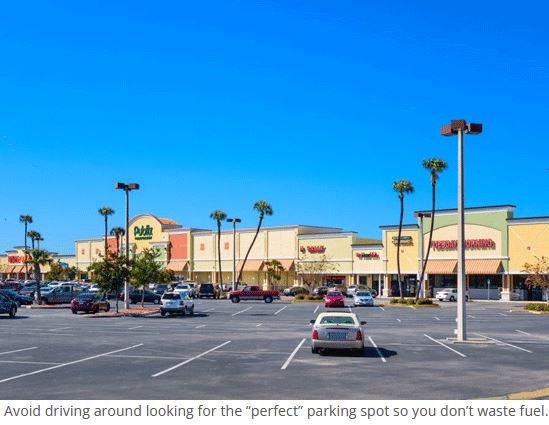

It’s not our best seller for nothing.